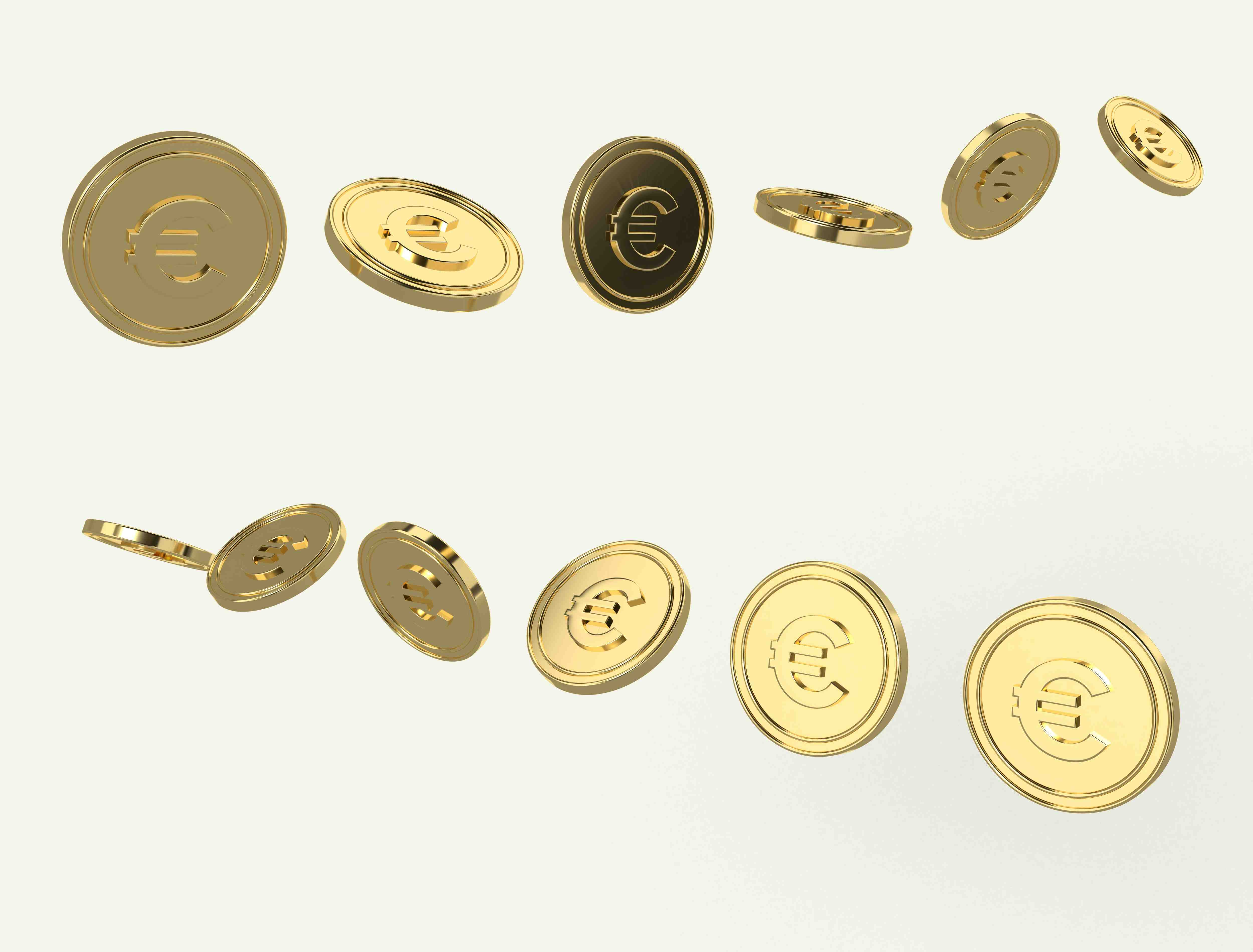Will GENIUS, Alipay and Digital Euro Push European Stablecoins?
Will GENIUS, Alipay and Digital Euro Push European Stablecoins?
A few notable developments have converged in European digital finance recently.
While the US established a federal regulatory framework for stablecoins through the GENIUS Act and Alipay Europe gained MiCA authorization for internal settlement tokens, the Digital Euro remains years away.
European institutions are responding: nine banks created a stablecoin consortium, SWIFT entered a blockchain partnership, and France's central bank governor endorsed euro stablecoins.
Together, these moves could signal growing momentum for tokenization across Europe.

Main section
Quick facts
/
A consortium of nine European banks formed stablecoin consortium.
/
US dollar stablecoins control 99% of global market.
/
Trump's GENIUS Act in July 2025 established federal regulation for US dollar stablecoins.
/
Alipay received Luxembourg authorization to issue euro tokens for internal settlement operations.
/
Banque de France endorsed private euro stablecoins to counter "dollar stablecoin hegemony."
/
SWIFT partnered with Consensys in September 2025 for blockchain payment infrastructure.
Three External Pressures Creating Urgency, European Institutions Mobilize
US Stablecoins Just Got Federal Regulation
The US GENIUS Act in July 2025 changed the game completely. Dollar stablecoins aren't just private sector experiments anymore - they're federally regulated financial instruments with comprehensive oversight. The Act requires 1:1 reserve backing with liquid assets and licensing through banks or approved institutions.
Goldman Sachs called it the "Summer of Stablecoins" because institutional adoption accelerated dramatically once regulatory uncertainty disappeared. From Europe's perspective, this creates an uncomfortable reality: while dollar stablecoins aren't government-backed, they now carry the legitimacy of comprehensive federal regulation that European alternatives are still developing. Since dollar stablecoins control 99% of the global market, the U.S. has effectively established the regulatory gold standard for stablecoin operations worldwide.
Alipay Europe Secures Internal Settlement Token Authorization
Alipay (Europe) Limited S.A. secured MiCA authorization from Luxembourg's CSSF to issue Euro-denominated E-Money tokens exclusively for wholesale settlement between its own affiliates across EU member states. The European subsidiary of Ant International - itself spun off from Alibaba Group and headquartered in Singapore - can now use blockchain technology for internal cross-border operations to improve operational efficiency within its global network.
The regulatory approval follows proper MiCA procedures for E-Money token authorization. Rather than broad public tokenization, this authorization enables regulated blockchain adoption for internal treasury operations between company affiliates - not for individual users, merchants, or trading on exchanges.
Digital Euro Timeline Creating Competitive Windows
The ECB has delayed the digital Euro launch until 2028-2029, creating a multi-year window where private and foreign players can establish dominance in European digital currency markets. This timeline allows the nine-bank consortium to launch their stablecoin in H2 2026 and build user adoption before any government alternative becomes available.
Nine Major Banks Form Stablecoin Consortium
Nine major European banks - ING, UniCredit, CaixaBank, Danske Bank, DekaBank, SEB, Raiffeisen Bank International, KBC, and Banca Sella - announced consortium formation in September 2025 to launch a MiCA-compliant euro stablecoin by H2 2026. This represents the largest coordinated European response to digital currency competition.
The consortium will establish operations in the Netherlands under Dutch Central Bank supervision as an e-money institution. UniCredit's Fiona Melrose emphasized their goal: providing "a real European alternative to the US-dominated stablecoin market" and contributing to "Europe's strategic autonomy in payments".
Global Infrastructure Embraces Blockchain
The momentum extends beyond European banks to core global financial infrastructure. On September 28, 2025, SWIFT announced at Sibos 2025 a partnership with Consensys to develop a blockchain-based shared ledger for real-time cross-border payments. Working with over 30 global financial institutions including Bank of America, JPMorgan, Deutsche Bank, and Citi, SWIFT will integrate blockchain technology into the infrastructure that connects 11,500+ institutions across 200+ countries.
This represents a fundamental shift where traditional financial messaging infrastructure embraces blockchain rather than competing against it. SWIFT CEO Javier Perez-Tasso acknowledged the seeming contradiction: "You may think, 'Wow, aren't those opposites? Swift and blockchain. TradFi and DeFi. Can they really go together?' In the regulated system of the future, we believe they can".
Central Bank Support
The Banque de France has endorsed private sector Euro stablecoin development. On October 9, 2025, at the Fintech Forum organized by France's financial supervisory authorities (ACPR and AMF), Governor François Villeroy de Galhau welcomed the nine-bank consortium and called for European banks to focus on "their natural market of tomorrow: Euro-denominated stablecoins."
The Governor warned that continued USD stablecoin dominance "could weaken our monetary sovereignty" and emphasized that "we may end up having both [tokenized deposits and stablecoins], but we must not end up with neither."
Bottom section
Conclusion: From Defense to Opportunity
The timing suggests something significant is happening. European institutions appear to be shifting from reactive to proactive approaches in digital asset markets. Whether this creates sustained momentum for broader tokenization adoption remains an empirical question, but the foundational infrastructure is being built regardless of the outcome.
At Cyber3Lab, we're tracking these developments because they represent potential acceleration points for the digital trust technologies we research.
Should this convergence drive broader tokenization implementation, the benefits could extend well beyond finance:
- democratized access to investment opportunities previously limited to large institutions,
- automated compliance and settlement processes reducing operational friction,
- enhanced transparency in asset ownership and transfer,
- reduced intermediation costs creating more direct market relationships,
- and advancement of trust architecture innovation through integration of identity protocols with tokenized assets.
Europe's current position in the global tokenization market creates opportunities to leverage defensive responses to monetary sovereignty challenges into strategic leadership across digital asset categories.
The institutional moves we're observing in October 2025 may represent the infrastructure foundation for that broader transformation - assuming the momentum sustains beyond the immediate competitive pressures that created it.
Further reading:
- Goldman Sachs - Stablecoin Summer
- Luxembourg For Finance - Alipay granted Luxembourg license to serve
- Reuters - Nine major European banks join forces to issue stablecoin
- Swift - Swift to add blockchain-based ledger to its infrastructure stack in groundbreaking move to accelerate and scale benefits of digital finance across more than 200 countries and territories worldwide
- LinkedIn Louis Tellier - "Just in: For the first time, the Governor of the Banque de France is calling on European banks to move toward issuing euro-denominated stablecoins"
Contributors
Authors
/
Shane Deconinck, Web3 Lead
Want to know more about our team?
Visit the team page
Last updated on: 10/13/2025
/
More stuff to read




